Global science, from a unique Australian perspective.
PETER YATES
Cosmos Magazine
From the Editors
DIGEST
IceCube scientists snap first neutrino “image” of the Milky Way • Machine learning produces the first particle portrait of our home galaxy.
More than a game: puzzles may reduce dementia risk
Droplets that can spot cancer and improve DNA testing • Welcome to the new field of micro elastofluidics.
Tickled pink: neuroscientists tickle rats to find brain's play centre • Study pinpoints brain region linked to laughter and play.
Physicists confirm existence of “demon” particle
Next tipping point? Atlantic circulation could stop this century • Ocean current system collapse will affect us all.
Australian Mammal of the Year top 10
James Webb watch
Frustrating new states of matter
First step achieved in quantum computer plan • Microsoft provides evidence of an elusive quasiparticle.
Neolithic French community had “striking” health and nutrition • Two family trees reveal a late Stone Age way of life.
This galaxy is missing dark matter
Robot preachers receive lower donations, study shows • Do congregations trust robotic religious leaders?
Flightless pterosaur ancestor found in Brazil
Focus: Football
Armoured archosaur opens new chapter on dinosaur evolution
Guess the object
For better vaccines, scientists mess with DNA to form origami • Next-gen cargo delivery – on the nanoscale.
$600k to put brain cells on computer chips
Proton battery: hydrogen without the gas • Powering tiny fans today, your house tomorrow.
How did NASA lose and recover Voyager 2? • Tiny craft travelling for decades can still phone home.
Fanning the flame • Mathematician Valentina Wheeler is working on how to describe flame – so we can model how fire fronts merge, or why bubbles pop.
Fossil forensics • Palaeontologist Aaron Camens is using virtual technologies to help fill in the missing links in Australia's fossil record.
Archaeology byancestor • for the first time by Indigenous archaeologists, a dig team at a key site in Vanuatu is tapping into the Pacific's ancient past. Prianka Srinivasan was there to witness something special.
Rebelling against resistance • Antimicrobial resistance poses a grave threat to public health, and scientists are looking for new ways to combat the rise of superbugs. Manuela Callari reports on the vanguard of current research, from the high-tech to the unexpectedly ancient.
FUTURE POSSIBLE • In 2006 we asked scientists to predict life in 2020. Bron Willis reports on how those predictions stack up – and has another group of scientists look ahead to 2040.
A chemist's guide to optimism • Not all science is equal in the sustainability stakes, but as Ellen Phiddian reports, a new generation of chemists are still focused on solving problems – but now they're going clean and green as well.
It all depends on how you look at it • There's no easy way to characterise perspective, no matter how far down a dictionary definition list you read. But the way we consider things will likely prove vital to our collective future.
POSSUM • The ancient relationship between mountain pygmy possum and the bogong moth reveals the complexity of global climate change – and the lengths we may have to go to save some species from extinction. Kate Evans reports on the risks for – and resilience of – this alpine adventurer.
BO SONIC OM • An Australian startup feels the need for speed – and it's going to have a red-hot go, writes Jamie Seidel.
A menagerie of robotic animals • They're cute and nostalgic, but do robot animals...
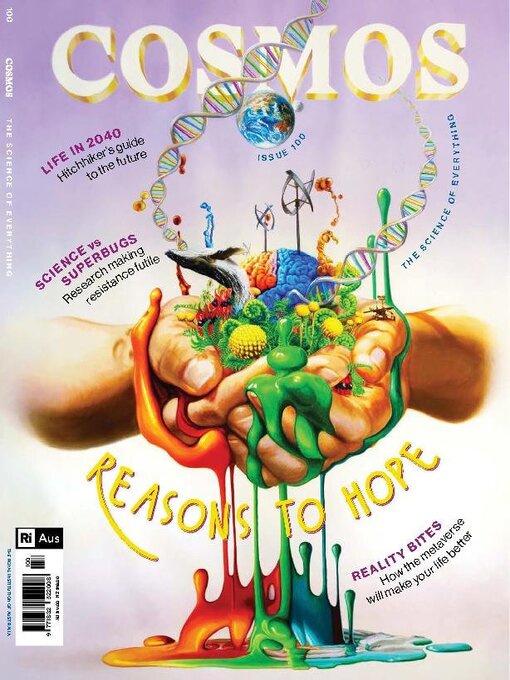
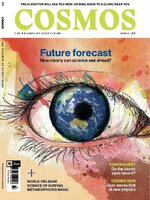 Issue 102
Issue 102
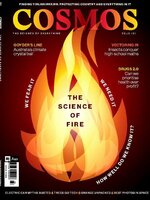 Issue 101
Issue 101
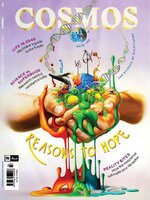 Issue 100
Issue 100
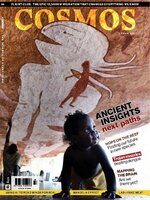 Issue 99
Issue 99
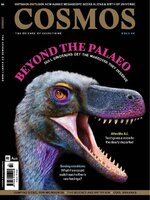 Issue 98
Issue 98
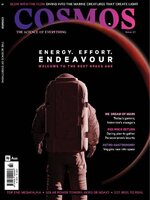 Issue 97
Issue 97
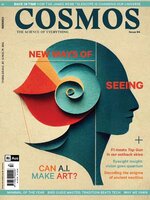 Issue 96
Issue 96
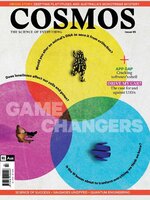 Issue 95
Issue 95
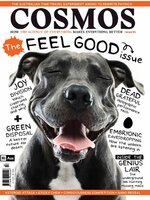 Issue 94
Issue 94
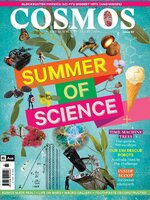 Issue 93
Issue 93
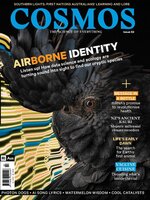 Issue 92
Issue 92
 Issue 91
Issue 91
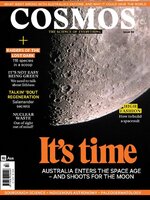 Issue 90
Issue 90
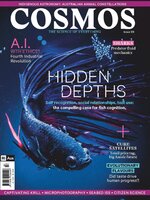 Issue 89
Issue 89
